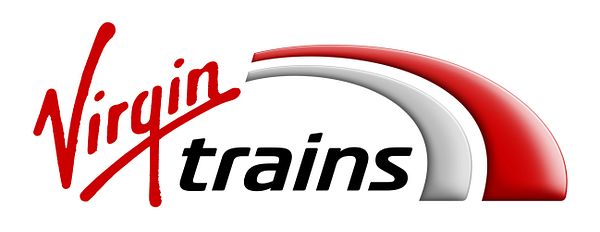Press release -
Virgin Trains goes Atomic…
Virgin Trains’ stations, trains and controllers on the busy West Coast route are now synchronised with the most accurate timepieces. Staff have been issued with special radio controlled watches, which receive a time signal from the Atomic Clock via a radio transmitter, making them correct to within one second every three million years!
The initiative is part of a drive to reduce even further delays to train services and deliver consistently high punctuality on the route which links London with the West Midlands, North West, North Wales, Cumbria and Scotland.
“Our passengers have told us that what they want is a punctual train service, and that is what we want to give them more consistently,” said Virgin West Coast Managing Director Charles Belcher.
Accurate time is nothing new to the railways. In the era of the horse-drawn stagecoach, travel was slow and time was not as important. Most towns and cities in Britain in the 18th Century had their own ‘local’ time, which could be as much as 15 minutes different to London time.
By the 19th Century the advent of telegraphic communication and the coming of the railway strengthened the case for a standard time zone.
Standard railway time was first adopted by the Great Western Railway in November 1840. The London & North Western Railway - which ran over the West Coast route - first introduced London time to its stations at Liverpool and Manchester in January 1846 and across its network two years later. On 2 August 1880 the ‘Statutes (Definition of time) Bill’ received Royal Assent and at last a ‘standard’ time was used across the whole of Britain.
The decision to issue staff with the watches was taken after a survey of station staff, drivers, train managers, onboard staff, suppliers and signalmen showed that there could be differences (fast and slow) in the timepieces being used.
“This meant that in some instances staff might not be in the right place at the right time”, said Charles Belcher, “and a mere ten second delay at the start of a journey could cause a domino effect delaying not just that one train even more but also creating knock-on delays to other trains along the 401-mile route from London to Glasgow.”
“We have used the ‘Every Second Counts..’ name for our staff awareness campaign because it is delays of mere seconds -as well as minutes - that can affect train performance. A one second delay may not seem significant but multiplied for every mile travelled it would total six minutes and 41 seconds for a train travelling from Glasgow to London. The likelihood is that the train would also lose its timetable slot somewhere on its journey and the delay could then easily become ten minutes or more late.”
Virgin is also asking its customers to play their part in helping to reduce delays by being ready to board or leave the train when it arrives at the station and to seek out a member of the station, or onboard team, if assistance is required. Plans are also being developed to provide stations with additional platform signing to help customers with reservations locate the correct carriage position before the train arrives.
ENDS
Virgin Trains Media Information
All Virgin Trains Press Releases, and general information about our West Coast and CrossCountry operations can be found on the Virgin Trains media website at http://www.vtmediaroom.com/ Also available is a Media Resources section which contains around 100 high-resolution images, which can be freely downloaded for editorial use. You will need to register to access the Media Resource section and you can choose to have our Press Releases emailed to you as soon as they are issued.
For further information contact the Virgin Trains Press Desk.
Notes to Editors
Ø Standard time across Britain was not introduced until 2 August 1880.
Ø Split second accurate time is validated using data supplied by the Royal Observatory at Greenwich.
Ø The railway first received accurate time from the Greenwich Observatory in 1852 following the installation of telegraphic lines between the Observatory and Lewisham station in South London. From August 1852 time signals were sent on a regular basis from the Greenwich Observatory, to London Bridge station, for onward transmission through the railways telegraphic system.
Ø Today, time is measured against data on the rotation of the earth but since the rotation of the earth can be seen to be variable an adjustment - know as leap second - may have to be made. These additional (or even negative) leap seconds are added (or subtracted) on either 30 June or 31 December. The most recent Leap Second adjustment resulted in a second being added on 31 December 2005.
Ø The average length of a year is defined as being the interval between two successive passages of the Sun through the vernal equinox. The average year length is 365.24219 days, which is partially corrected by a Leap Year every four years. This gives an average year length of 365.25 days so an additional Leap Year is declared if the year is the last year of a century and is exactly divisible by 400. The year 2000 was, therefore, a Leap Year by the year 1900 was not.
Ø The Observatory was set up in Greenwich by Charles II in 1675.
Ø Atomic watches and clocks in Europe are normally programmed to receive a time signal from the transmitter at Rugby in England or Frankfurt in Germany automatically at pre-defined times. Many also have the ability to request a time signal manually at any time.
Topics
- Train, Line traffic
We love keeping everyone informed at all times. Here, in our Media Room, you'll find the latest press releases, as well as downloadable images and our informative and very handy factsheet.
